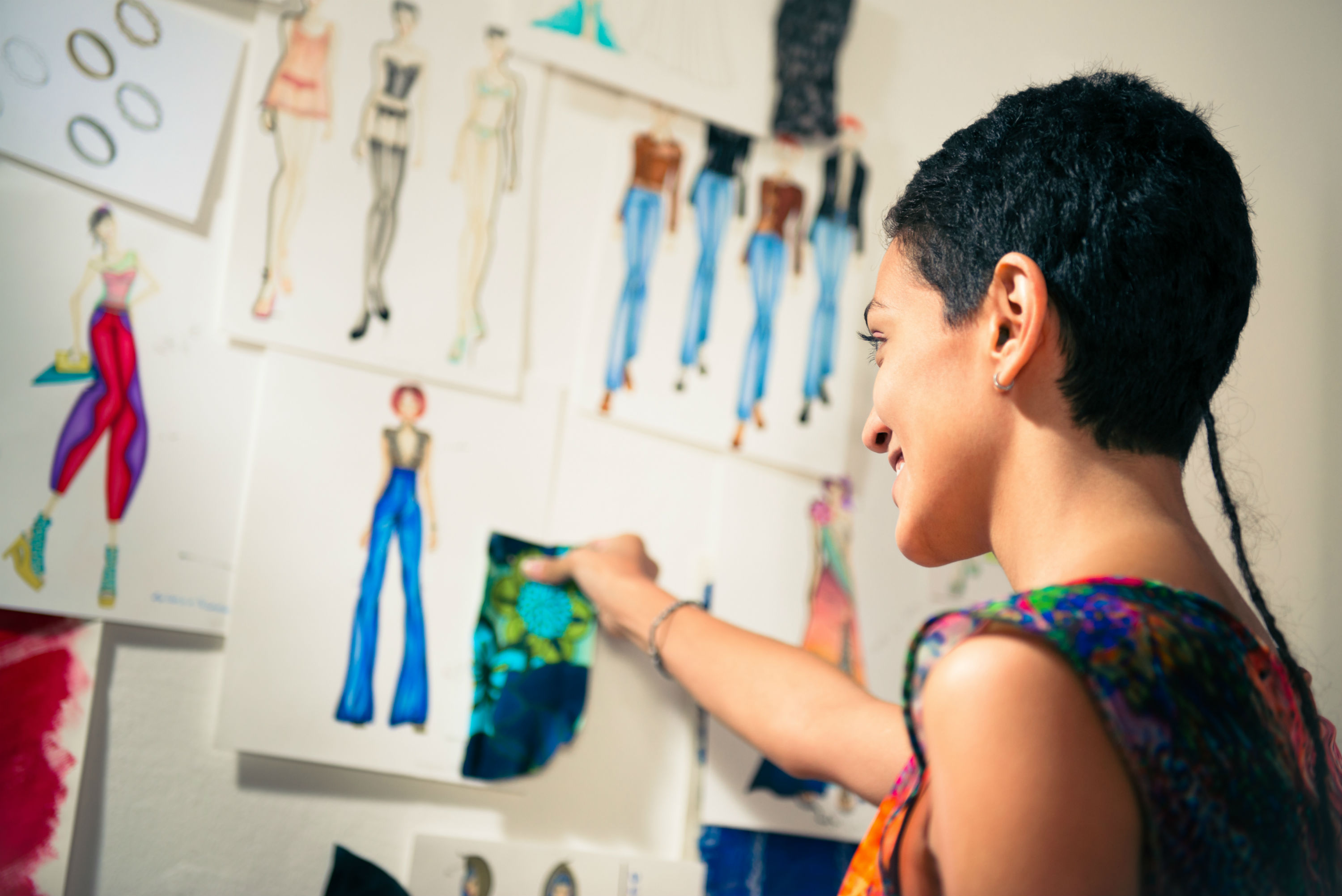Starting in any field is always tricky, so it helps if you can learn from people who have more experience than you. When it comes to graphic design, all the inspiration you need is already out there, and you should spend time doing your homework by researching different websites. An online bingo website, for example, tends to be bright, colourful and eye-catching, whereas funeral providers may offer something more sombre. By having a good look around, you can get a great idea of how to become an excellent graphic designer, and we have also put together 15 tips to help you more.
1. No Complications
When you’re just starting, the best thing to do is keep it relatively simple and make sure you are not creating something that is hard to follow and far too busy and overwhelming. A simple balance of colour, font and text is all you need.
2. Find Your Colour
Colour is often something people struggle with, and there are plenty of ways to get it right. For example, if you are working from a logo or an image, using colours already in those will help create a cohesive experience.
3. Use Font Sizes
In order to create a good flow of information, font sizes can be used to create a visual hierarchy. It is a skill you need to master and involves using titles, subheadings, texts and more to draw the eye and engage the user.
4. Careful with Fonts
Some fonts are complicated to read, but it is nice to have something a little more unique. There are lots of rules surrounding fonts that go well together, so for example, if you use Helvetica for your header, Georgia makes excellent text.
5. Use Space Well
There is a temptation to cram the screen full of information and images. However, this goes against the experience for the user as breathing space that you create by blank areas is beneficial to the eye.
6. Use Templates
This is especially important if you are working on social media platforms. Each platform has specific sizes of posts and using the correct one will save you time and ensure that your work is going to display correctly when uploaded.
7. Avoid Jumping Text
Your text needs to be easy to read, and it doesn’t always have to be black text on white backgrounds. But you do need to take into consideration colours that might jump in front of the eye if they are paired together.
8. Join the Dots
The word cohesive comes up a lot in graphic design, and it means that from text to illustrations, font styles to elements, you need to have something that joins them all and makes them seem like one.
9. Infographics
When they first became popular, infographics always seem to be quite large and in your face. However, they can actually be any size you like. If an infographic fits, you can pop it in no matter how big or small it is.
10. Grids
Until you are familiar with what works well and what doesn’t, grid spacing is a great way to design. By dividing your page into a grid, you can quickly see how things balance and fit together, and over time this will become second nature.
11. Do Your Research
Another helpful tip is to make sure you understand the dimensions of your project before you even begin. It is really frustrating to come up with a perfect design and then find you have to adjust the sizing because you got it wrong.
12. Psychology
You may not be aware that colour has a solid link to psychology. For example, green is thought to represent new and peaceful elements but could also be seen as jealous or sick. Learning about colour will help you get it right.
13. Organise Your Work
It is essential that you stay organised when you are trying to come up with a design. This means you should have a strict naming convention and not just rely on image 1, image 2 and so on. It will help you find things later and is better for collaborative working.
14. Best File Types
What is a PNG? What is a JPEG? Do you need a transparent background? These are all things you should be learning about to ensure that you are picking the correct type of file, especially when it comes to downloading.
15. Take Your Time
Designing is not a quick process, but when done correctly, the results are outstanding. The design process is a predefined map of stages you should go through, and it is worth researching this concept and learning more about it to ensure that your project goes according to plan. By following this advice, you will become an excellent graphic designer in no time.
